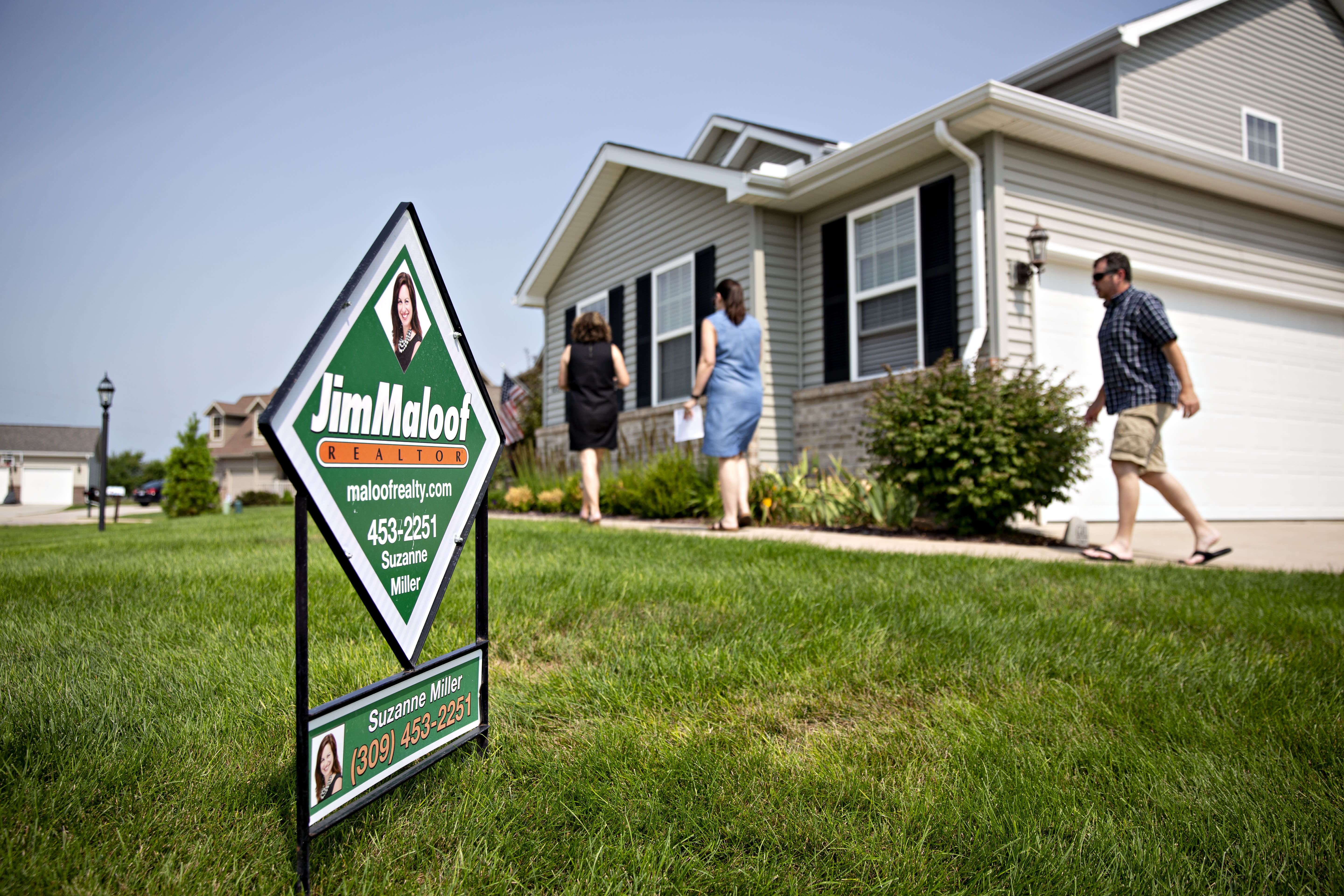Mortgage rates rose decisively again for most of last week, causing a massive drop in mortgage demand, but on Friday everything changed with the news of the Covid omicron variant.
Last week the average rate on the 30-year mortgage with conforming loan balance ($548,250 or less) increased to 3.31% from 3.24%, with points rising to 0.43 from 0.36 (including the origination fee) for loans with a 20% down payment, according to the Mortgage Bankers Association. That is the highest rate since April of this year. The rate was 39 basis points lower one year ago.
The increase in rates caused applications to refinance a home loan to drop 15% for the week, seasonally adjusted. An additional adjustment was made for the Thanksgiving holiday. Refinance demand was 41% lower than the same week one year ago. The refinance share of mortgage activity decreased to 59.4% of total applications from 63.1% the previous week.
“Mortgage rates rose for the third week in a row, reducing the refinance incentive for many borrowers. Over the past three weeks, rates are up 15 basis points and refinance activity has declined over 18%,” said Joel Kan, MBA’s associate vice president of economic and industry forecasting.
Mortgage applications to purchase a home jumped 5% for the week and were 8% lower from a year ago. Buyers have been returning to the market unexpectedly, as this is usually the start of the slower season for housing. Pending home sales in October, which are measured by signed contracts, jumped an unusually high 7.5% compared with September, according to the National Association of Realtors. Some economists are suggesting that the fear of higher mortgage rates by spring is pushing more buyers into the market now.
The average purchase loan amount increased to $414,700 – the highest since February 2021. This reflects not just higher home prices, but the fact that the bulk of the buying activity is happening on the higher end of the market where there are more homes for sale.
“As home-price appreciation continues at a double-digit pace, buyers of newer, pricier homes continue to dominate purchase activity, while the share of first-time buyer activity remains depressed,” added Kan.
While rates rose for much of last week, they made a swift reversal on Friday, when news hit of the omicron variant. By Tuesday the average rate on the 30-year fixed had fallen 15 basis points, according to Mortgage News Daily.
Rates began to drop because of the variant and then declined further after congressional testimony Tuesday by Federal Reserve Chairman Jerome Powell.
“Powell’s comments on inflation and bond buying pushed the bond market back in the other direction. Mortgage-backed bonds lost all of the day’s improvements and most lenders made mid-day adjustments higher in rate,” wrote Matthew Graham, chief operating officer at Mortgage News Daily.
